Mending Tears and Infilling Loses
Mending Tears and Infilling Loses
Paper inherently is fragile and when carelessly handled or subjected to poor conditions will tear and develop losses. As paper ages, it becomes more acidic and brittle. Tears can be mended by different methods. The most common method is to close and reinforce the tears with a thin strip of Japanese (bast fiber paper) using an archival water-soluble paste.
Larger losses can also be repaired with Japanese paper, but a more efficient, and aesthetically pleasing method to in-fill large or numerous areas of loss is by Leafcasting. A process that I have developed an expertise in, and have taught around the world. It is a process that fills losses with a sympathetic, toned paper-pulp. The newly cast paper is comparable and blends with the original paper. It also allows all tears and holes in paper to be filled in one step that reduces the time and cost to repair extensively damaged paper.

The before treatment image of the split and tear in this original letter from 1796 signed by George Washington.

After treatment of the Washington letter, the tears were mended with thin strips of Japanese paper adhered with Zin Shofu, wheat-starch paste.
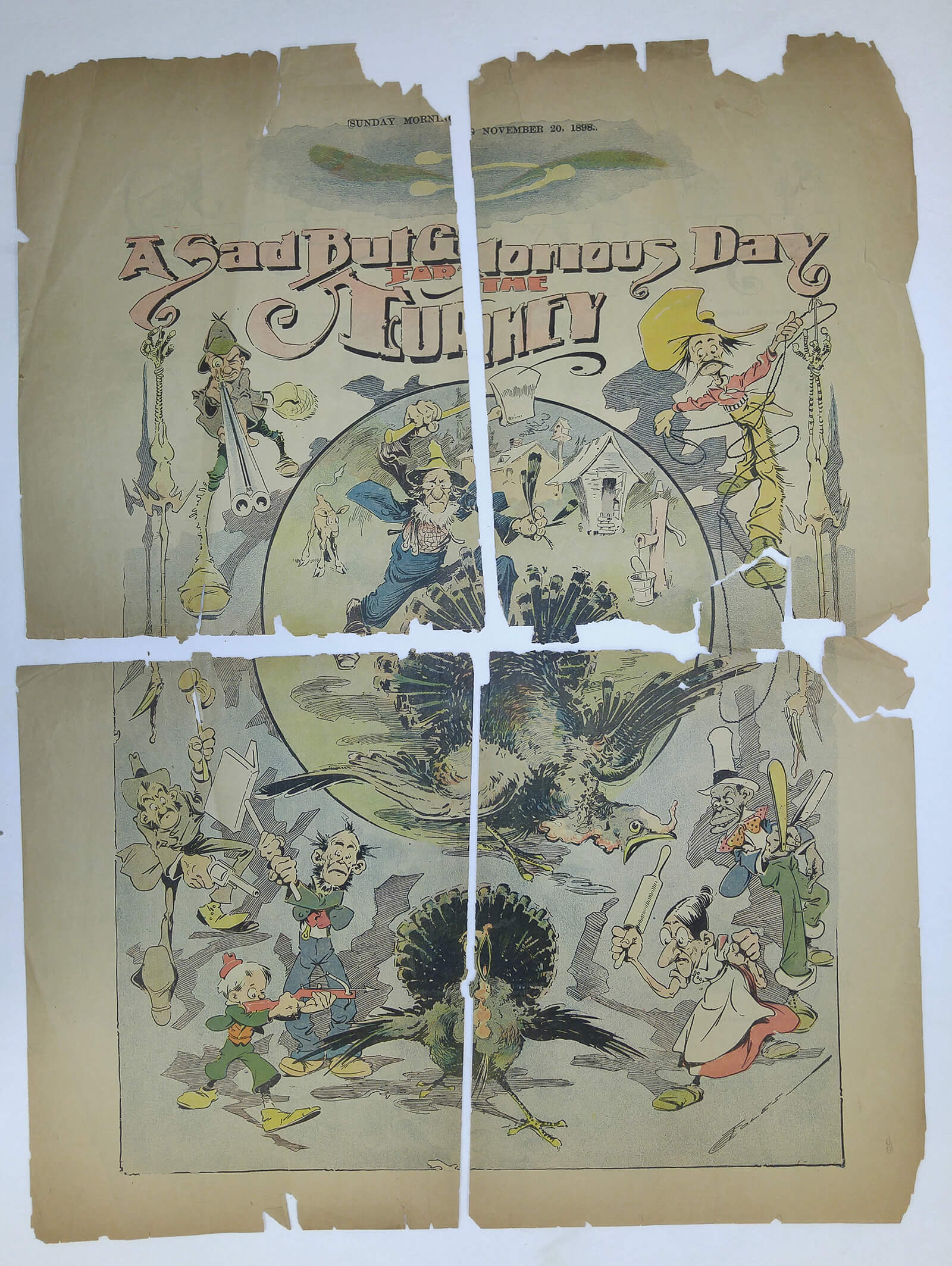
recto
Before treatment of a brittle 1898 newsprint cartoon, where the paper has split along the folds and has losses around the margins
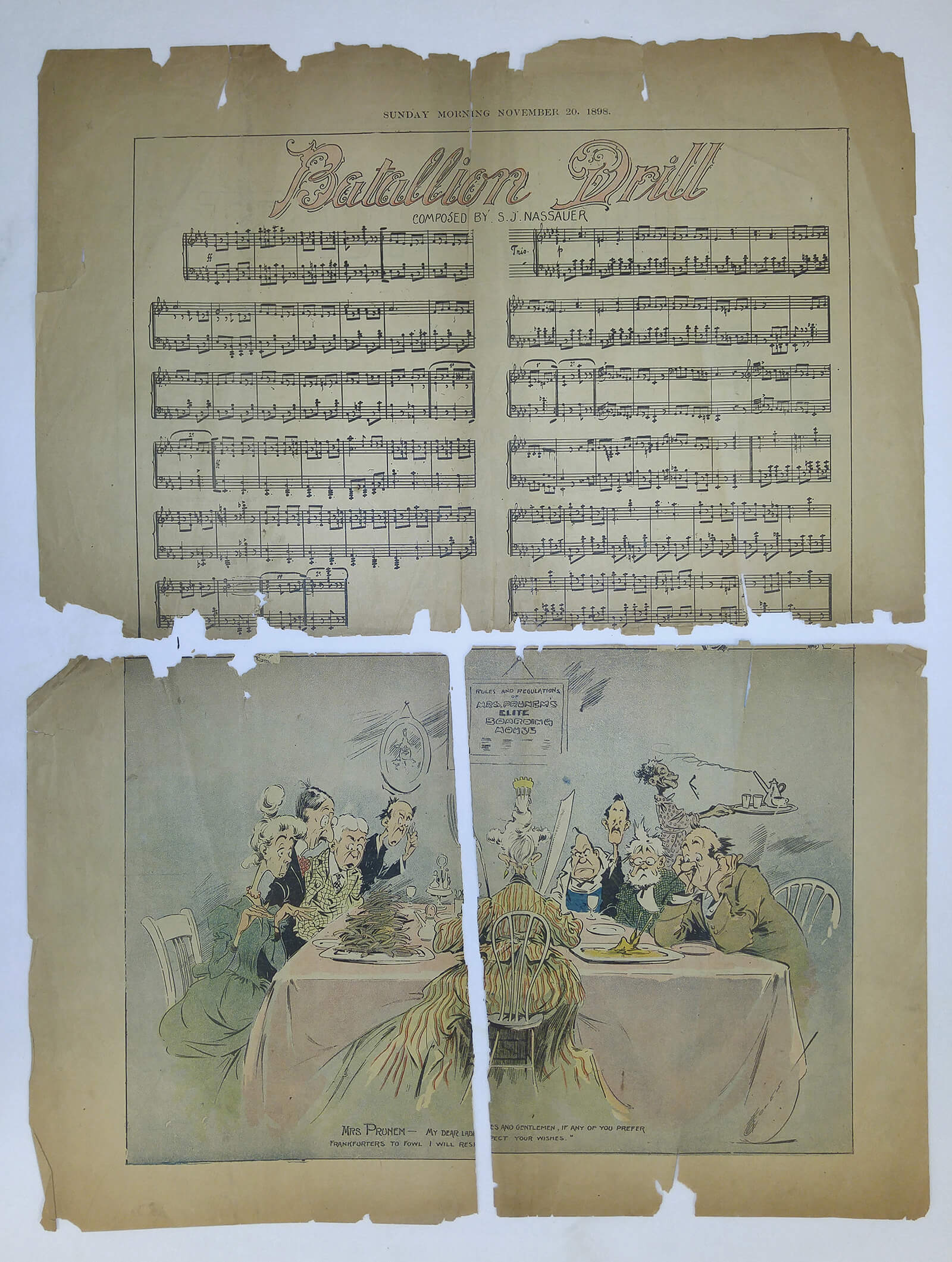
Verso of 1898 newsprint cartoon

Recto
After treatment of 1898 newsprint cartoon that was mended and losses filled by leafcasting.
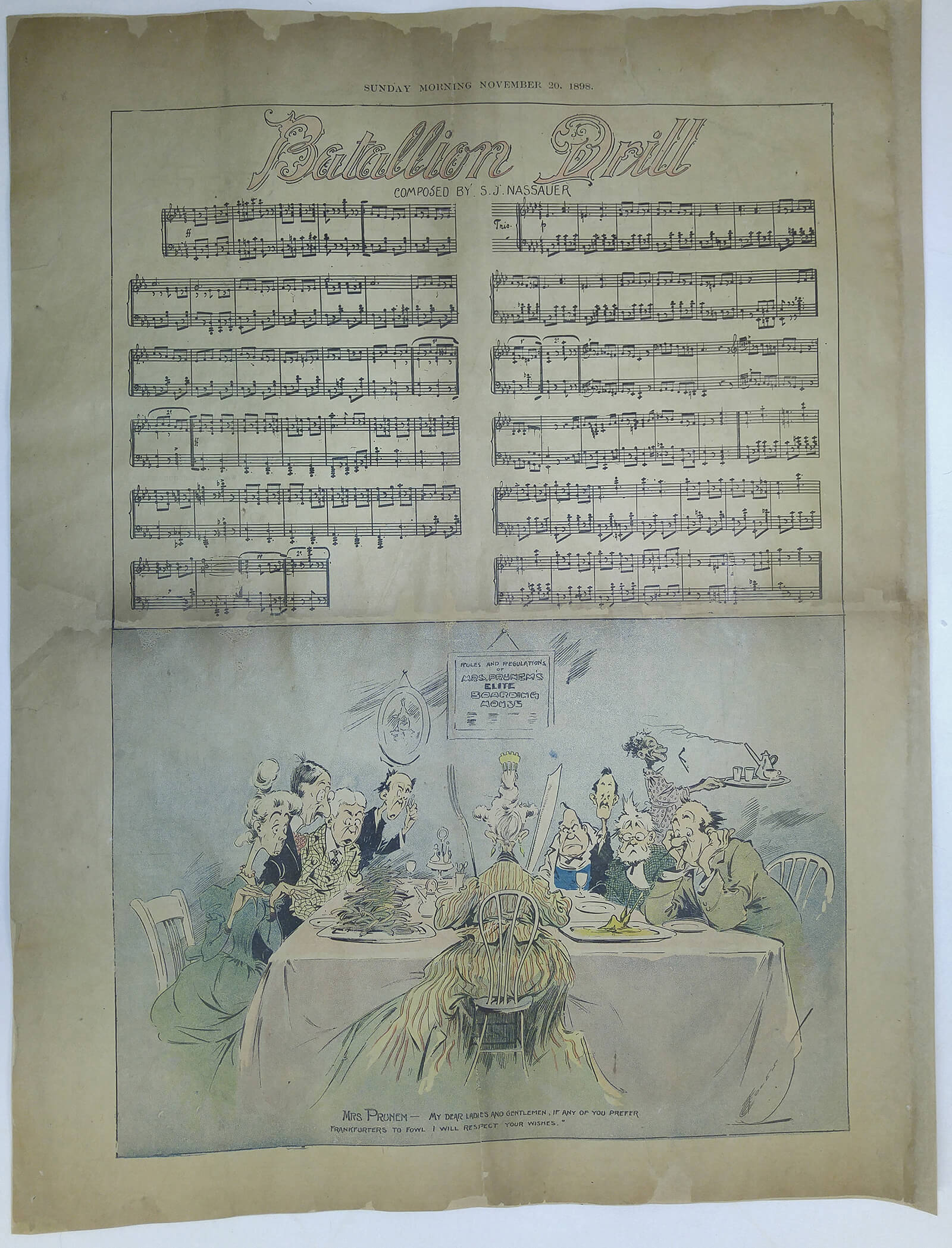
Verso of 1898 newsprint cartoon, mended and losses in-filled with toned paper-pulp
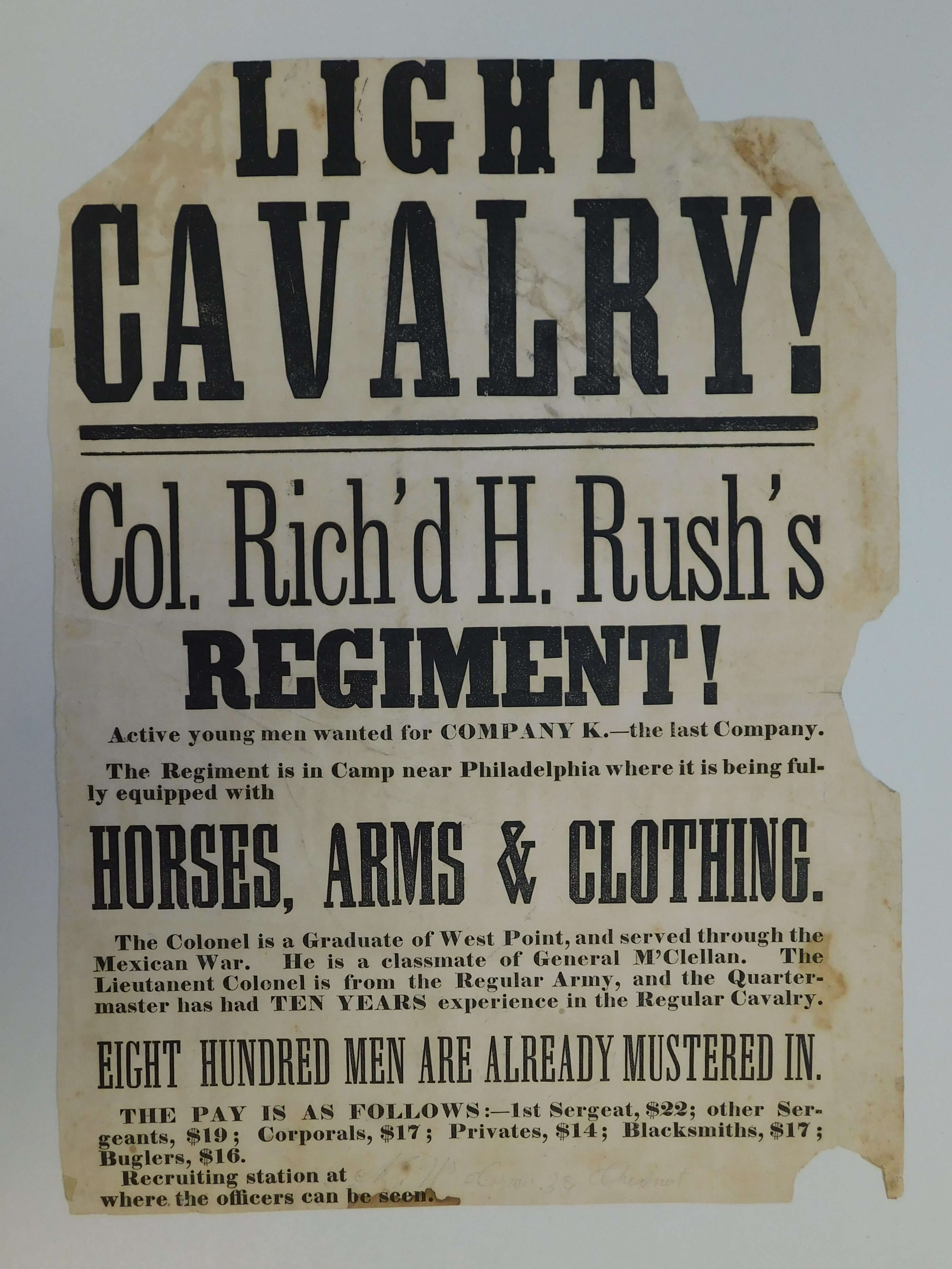
Before image of a Civil War broadside, with losses and tears.
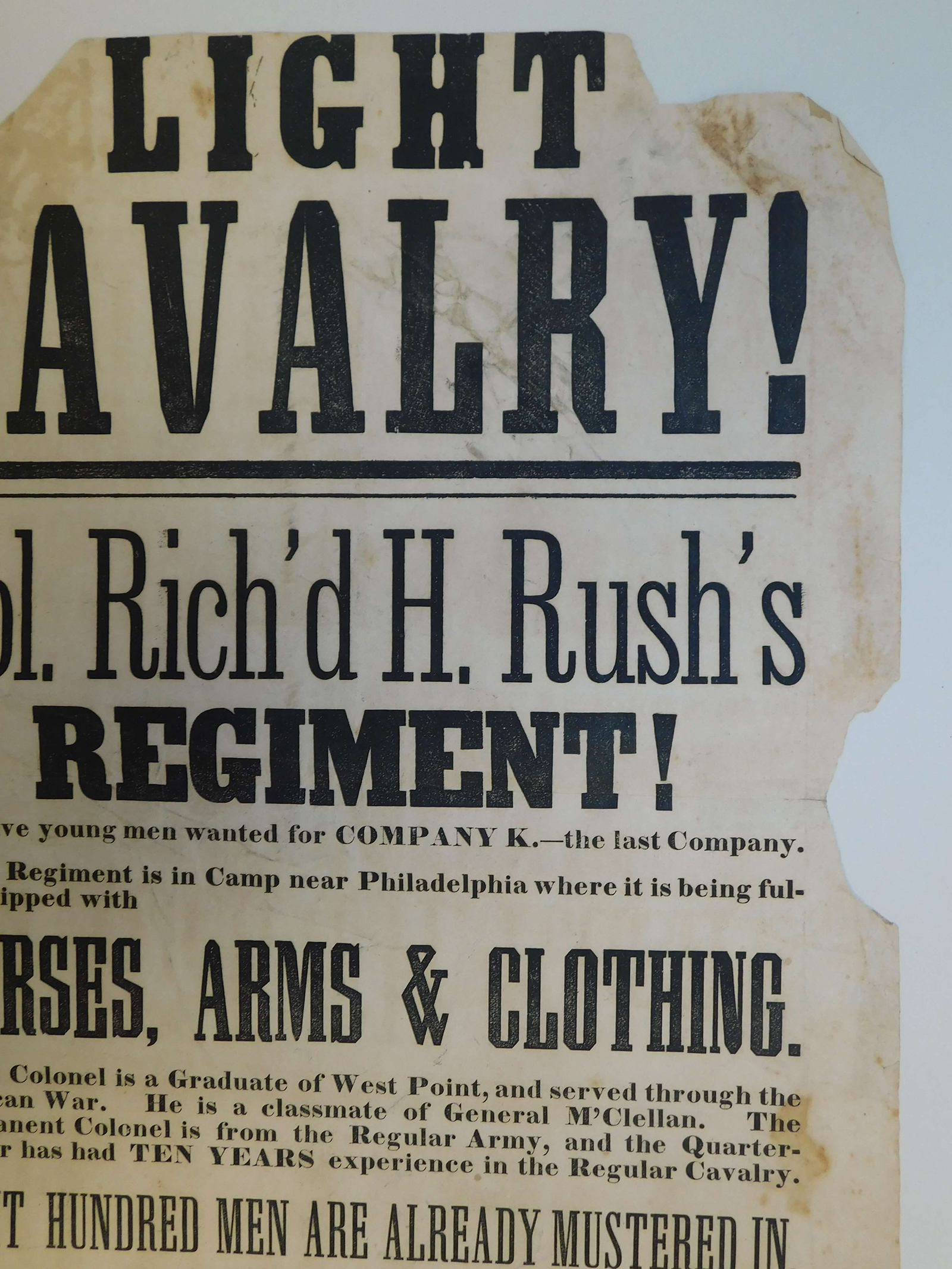
Detail of damage before treatment
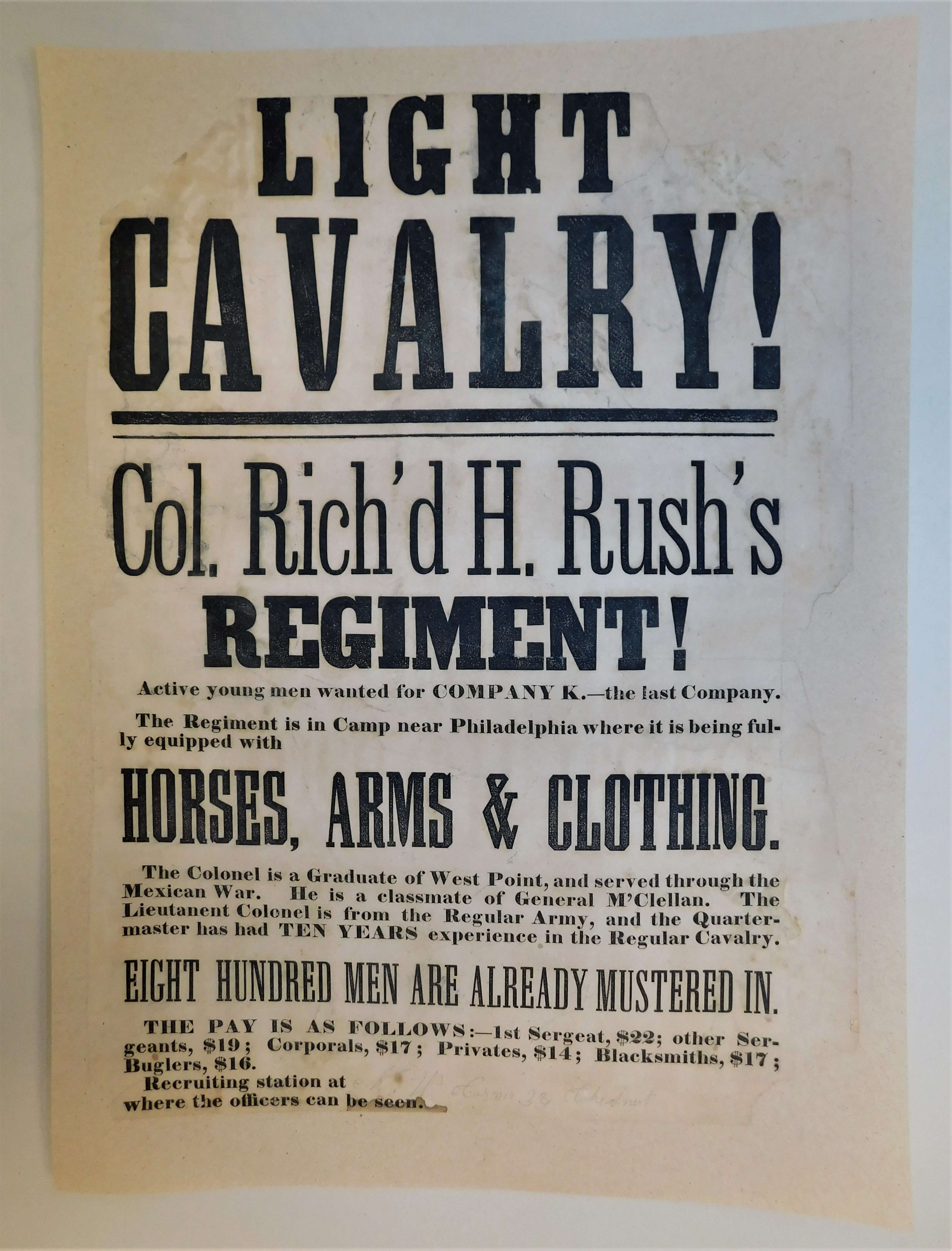
After conservation treatment where the staining was reduced and the losses were infilled and margins added by leafcasting.
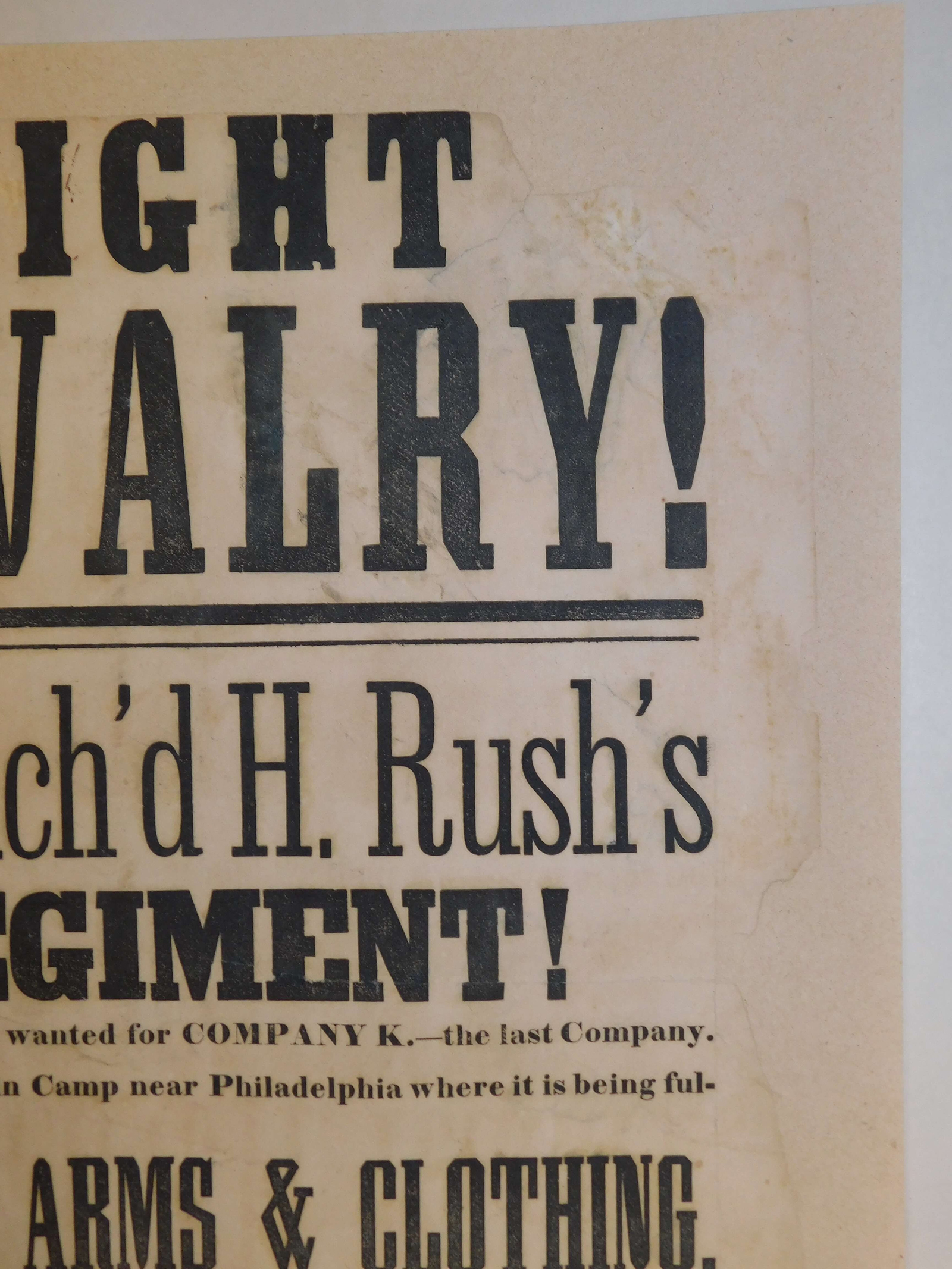
Detail of the after treatment leafcast Civil War broadside

Detail of rare colored print of the Bombardment of Fort McHenry that was damaged by Insects
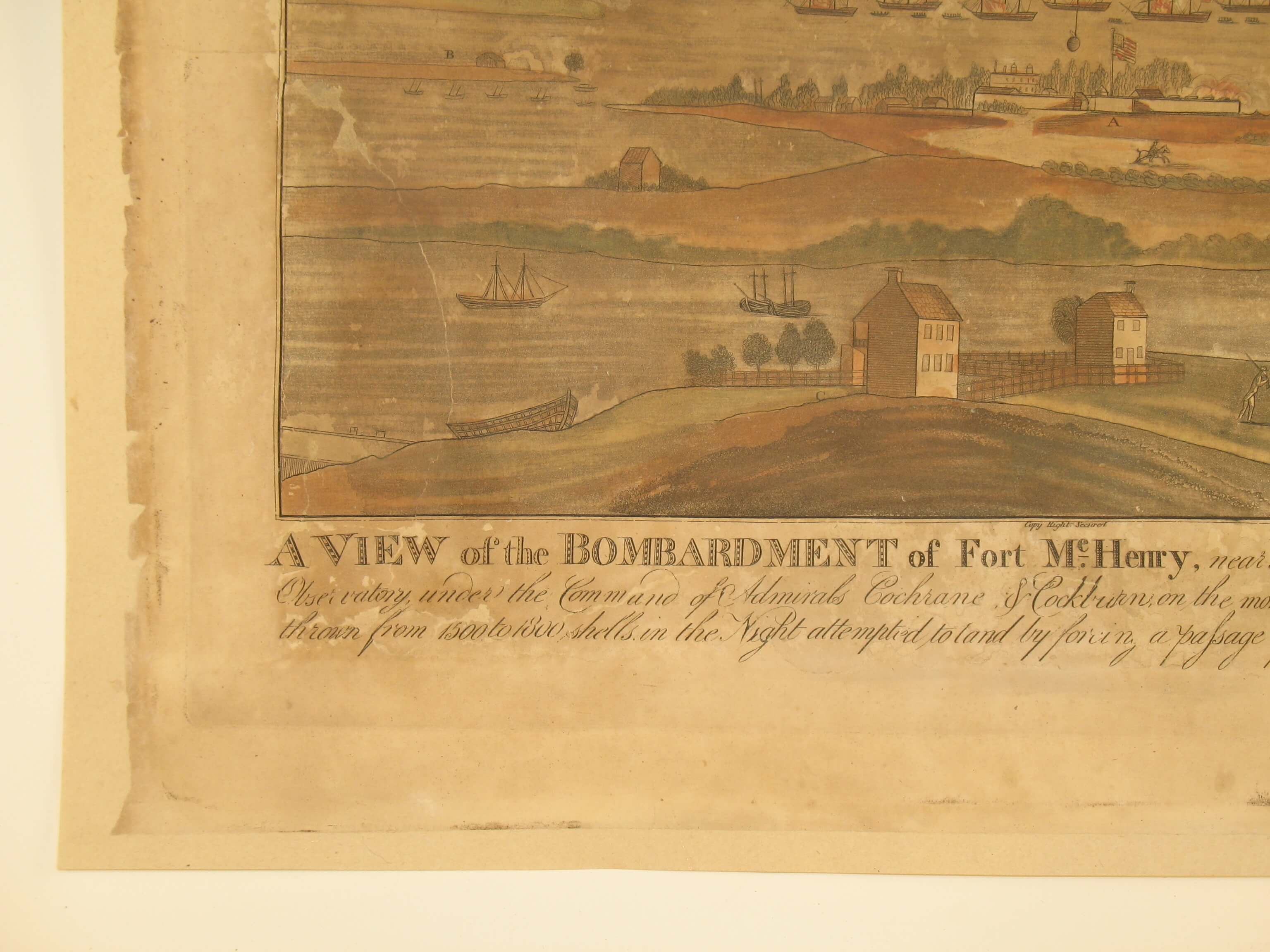
Detail of restored print repaired by leafcasting.

Before treatment of a copy of the roster of the combatants of the Alamo, damaged by age and rodents.

After treatment of the roster from the Alamo, the tears and losses were mended and filled with toned paper-pulp. The missing text was infilled from known sources, and carefully penned only onto the newly cast losses with matching color ink.

Detail of the before condition of the roster from the Alamo

Detail of after treatment of the roster of the Alamo, where the paper loss was infilled with toned paper-pulp and the missing text carefully penned onto the newly cast area.